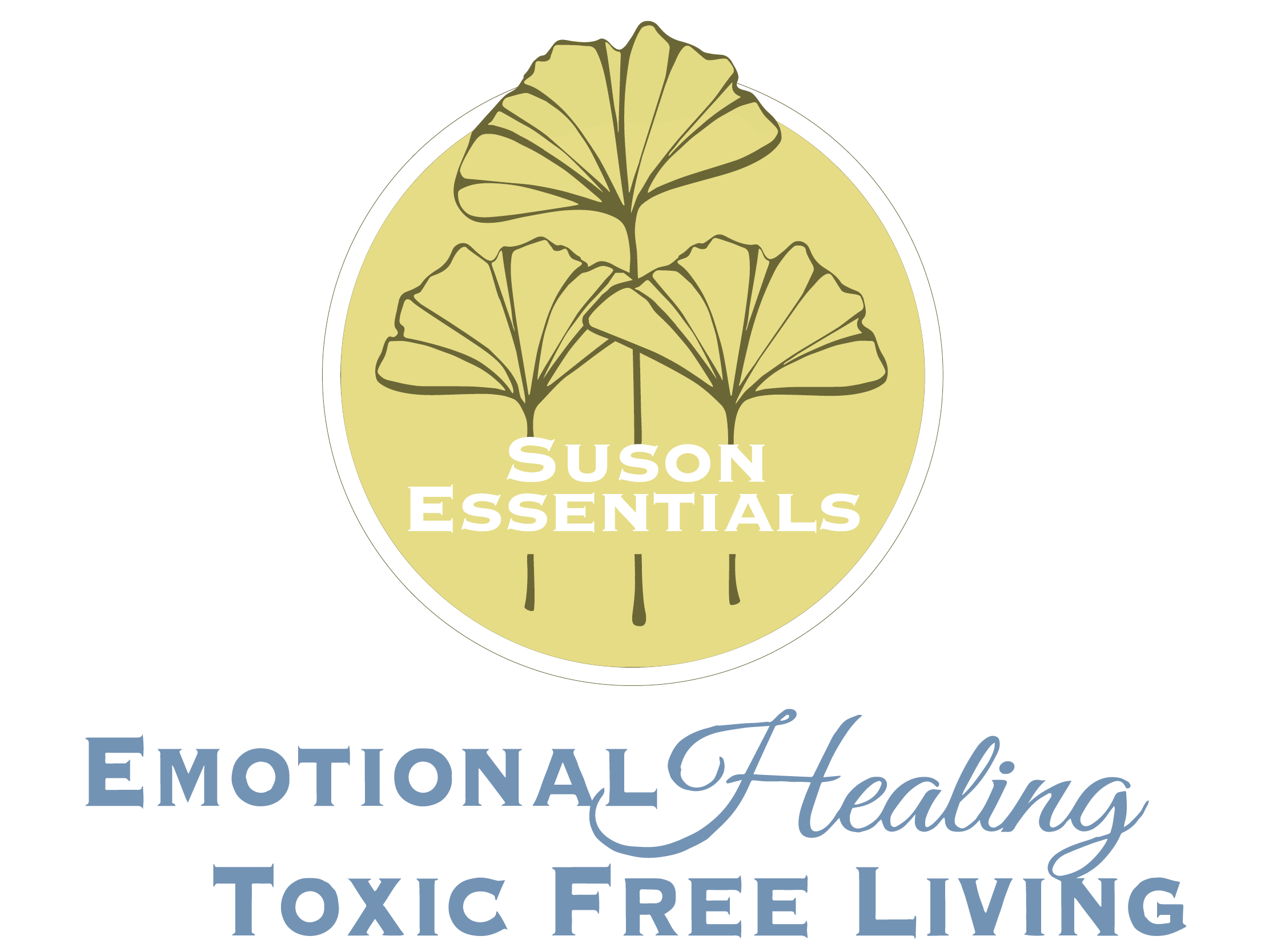Candida albicans is a type of yeast that normally resides in the human body in small amounts, primarily in areas like the mouth, throat, intestines, and genitals. While usually harmless, overgrowth of this yeast can lead to candidiasis, a common fungal infection. Candidiasis can manifest in several forms depending on the area affected: oral thrush (in the mouth and throat), vaginal yeast infection, and cutaneous candidiasis (on the skin). Factors like antibiotic use, weakened immunity, high blood sugar, or hormonal changes can disrupt the body’s natural balance, allowing Candida to proliferate.
Symptoms of candidiasis vary by location but commonly include itching, redness, discomfort, and a white or yellowish discharge in the case of vaginal infections. Oral thrush presents with white patches on the tongue and inner cheeks, while skin infections cause red, itchy rashes, particularly in warm, moist areas of the body. If Candida enters the bloodstream, it can cause invasive candidiasis, a more severe and potentially life-threatening infection that can affect multiple organs.
Treatment of candidiasis involves antifungal medications, such as fluconazole or topical antifungals, depending on the severity and location of the infection. Preventive measures include maintaining good hygiene, managing blood sugar levels, and avoiding unnecessary antibiotic use, as these can help keep Candida albicans growth in check. In immunocompromised individuals, preventive antifungal therapies may be necessary to prevent recurrent infections.



